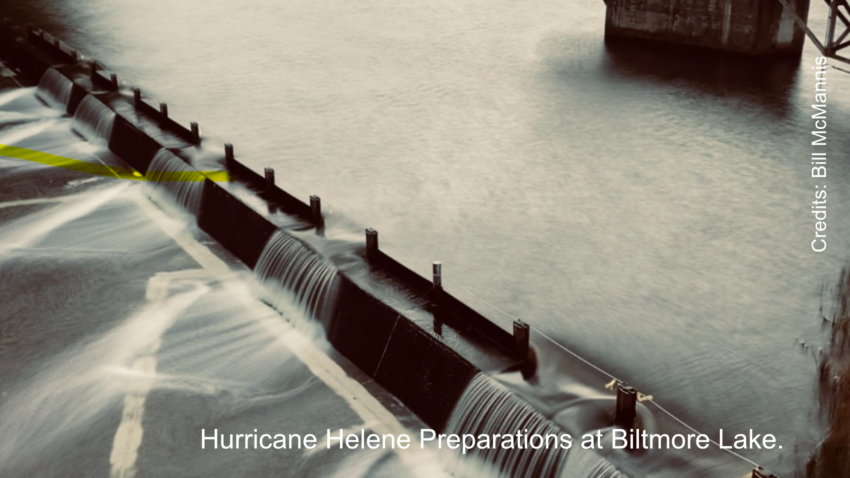Hurricane Helene has left a devastating mark on the Southeastern United States, particularly impacting the power infrastructure. The storm has not only downed power lines across North and South Carolina but has also severely damaged hundreds of electrical substations. The restoration of these critical infrastructure components is a Herculean task that may take weeks or even months, given the extent of the destruction and the inaccessibility of certain areas.
Key Takeaways:
- Hurricane Helene has severely damaged power infrastructure across the Southeastern U.S., particularly in North and South Carolina, knocking out over 370 electrical substations in Duke Energy’s territory alone.
- Restoring power will take weeks or even months, as many areas remain inaccessible due to flooding and debris, complicating repair efforts.
- Duke Energy aims to restore power to most of the 792,000 affected homes and businesses by Friday, but harder-to-reach areas may face longer delays.
- To expedite recovery, Duke Energy is considering the use of mobile substations, although road blockages and severe damage may limit their effectiveness.
Substations play a crucial role in the power grid, linking high-voltage transmission lines with smaller distribution lines to deliver electricity to communities. With over 370 substations knocked out in Duke Energy’s territory alone, the task of restoring power is far from simple. According to Duke Energy spokeswoman Jennifer Garber, while many substations have been brought back online, a significant number remain heavily damaged due to flooding, complicating the recovery efforts.
Reports from sources like The Charlotte Observer highlight the challenges faced by utility workers as they strive to restore electricity to over 792,000 homes and businesses left in the dark. Duke Energy has stated its goal to restore power to most customers by Friday night, though they caution that inaccessible areas may experience longer delays.
The storm’s devastating impact has prompted innovative solutions. Duke Energy is considering deploying mobile substations to areas where repair work is delayed due to road blockages or excessive damage. However, the effectiveness of this approach is uncertain, as many roads remain impassable due to debris and destruction.

